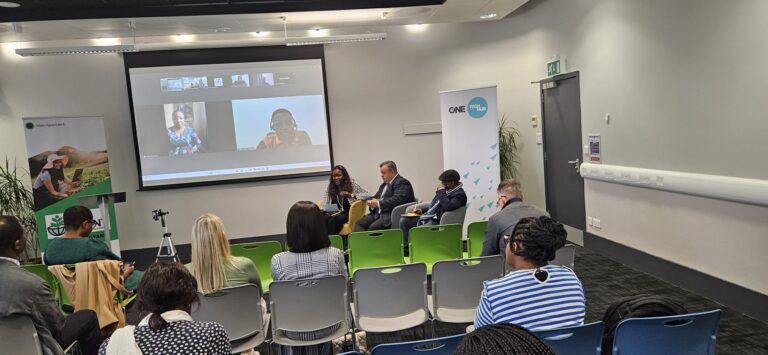INNOVATION, A LEEWAY FOR THE REALISATION OF SUSTAINABLE DEVELOPMENT GOAL 2 (ZERO HUNGER)
Barely 8 years to the target date of 2030 for the attainment of zero hunger, all 17 sustainable development goals of the United Nations are under very real and present threat. There is significant decline in progress on the results of several national and global interventions structured for the attainment of SDG2 (Zero Hunger) by set date.
Multiple shocks- from Covid-19 related disruptions, to extreme weather, pest and very recently conflicts- are impacting food systems resulting in higher food prices and growing hunger.
It is important to note that healthy, sustainable and inclusive food systems are critical to achieve the world’s development goals, and agricultural development is one of the most powerful tools to end extreme poverty, boost shared prosperity, and feed a projected 9.7 billion people by 2050.
The Food and Agriculture (FAO) organisation observed that growth in the agriculture sector is two to four times more effective in raising incomes among the poorest compared to other sectors. Analyses in 2016 found that 65% of poor working adults made a living through agriculture. However, agriculture-driven growth, poverty reduction, and food security are all at risk because of aforementioned shocks.
The current dire nature of global food challenge calls for novel approaches and swift innovations to address the present accelerated climate change which cuts crop yields in the world’s most food insecure regions.
There is a critical need for innovative ideas in agriculture, forestry, and land use change which is presently responsible for about 25% of greenhouse gas emissions. Here, mitigation is part of the solution to climate change and food insecurity.
New approach is also needed to rejig current food systems which threaten the health of people and the planet and generate unsustainable levels of pollution and waste.
The following succinctly summarises the current grim situation globally-
- One third of food produced globally is either lost or wasted. Addressing food loss and waste urgently is critical to improving food and nutrition security, as well as helping to meet climate goals and reduce stress on the environment.
- Risks associated with poor diets are leading cause of death worldwide. Millions of people are either not eating enough or eating the wrong types of food, resulting in a double burden of malnutrition that lead to illnesses and health crises. A 2021 report found that between 720 and 811 million people went hungry in 2020, more than 10% of the world’s population.
- Food insecurity worsens diet quality and increases the risk of various forms of malnutrition, potentially leading to undernutrition as well as people being overweight and obese. An estimated 3 billion people in the world cannot afford a healthy diet.
- Current global conflict adds risk to global food security, with food prices likely to remain high for the foreseeable future.
With all these impeding growth and stalling the progress of various interventions, it becomes inevitable that urgent innovative ideas on every aspect of development are just what we need to avert the imminent failure in achieving Zero Hunger in 2030 as well as other Sustainable Development Goals.
What can you do differently?


Comment (0)
binance
Can you be more specific about the content of your article? After reading it, I still have some doubts. Hope you can help me.